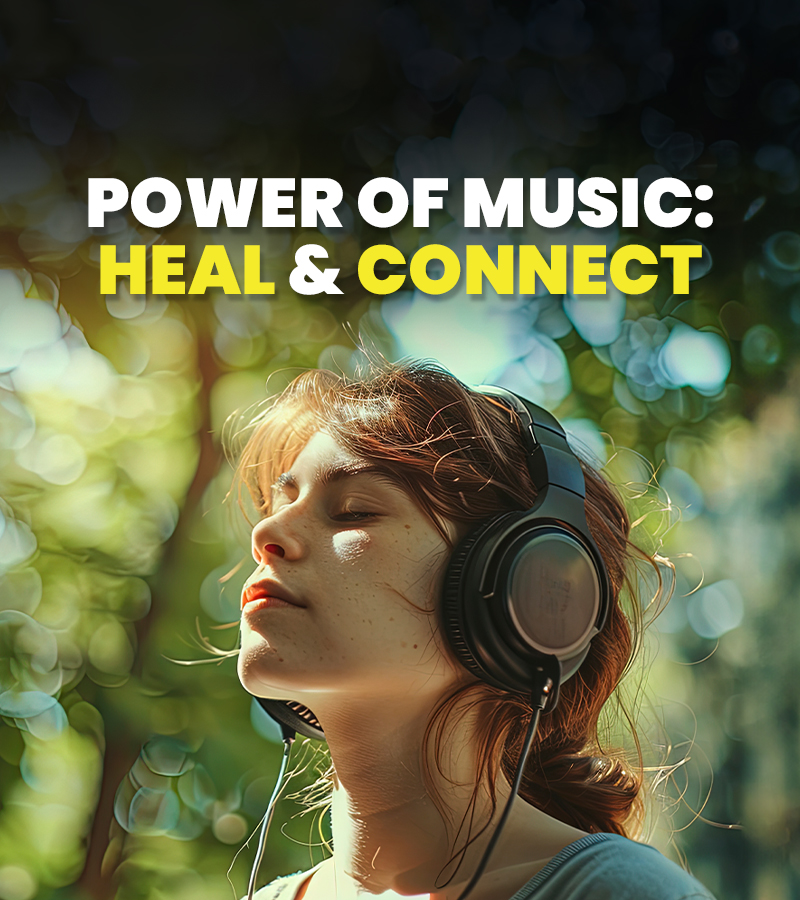In regions marked by conflict, rebuilding peace is more than political treaties and military restraint—it is emotional, cultural, and psychological. True peace requires healing. And healing requires resonance.
This is where music emerges not just as art, but as strategy. In the silence after gunfire, in the uncertainty of reconciliation, music becomes a bridge—between enemies, between memories, and between generations. Used wisely, it can be a subtle but transformative tool in modern peacekeeping.
1. Music Softens Tensions Where Words Fail
Diplomatic language often hits walls. Trauma, pride, and historical pain can make direct communication impossible. But music bypasses the rational mind. It doesn’t argue. It doesn’t accuse. It enters through feeling.
A shared lullaby. A national anthem played gently after war. A ceremonial song honoring both sides of a conflict—these acts may seem small, but they soften hearts before negotiations even begin.
Music opens the emotional space peace needs to breathe.
2. It Rebuilds Cultural Identity After War
Conflict often erodes identity. Art is destroyed. Instruments are silenced. Songs are banned. Restoring music in post-conflict zones is not just cultural preservation—it is soul restoration.
Peacekeeping missions that incorporate music—through local concerts, school programs, or community choirs—help people reconnect with who they were before the violence. In doing so, they reclaim their right to joy, expression, and dignity.
3. Music Can Create Unity Without Uniformity
Peace does not always require agreement. It requires coexistence. Music can foster that by celebrating difference without demanding division.
Joint musical performances—featuring artists from rival ethnic, political, or religious groups—create shared moments that transcend identity. These aren’t mere shows; they are rehearsals for reconciliation.
Instruments that once played in isolation now play in harmony. That message echoes louder than any speech.
4. It Offers Youth a New Rhythm of Hope
In post-conflict regions, young people are often the most vulnerable—to trauma, to radicalization, to hopelessness. Music programs offer them structure, expression, and purpose.
A peacekeeping mission that includes music training, songwriting workshops, or performance opportunities doesn’t just occupy youth—it elevates them. It lets them become creators of peace, not casualties of war.
Hope has a sound. Peacekeepers must learn to amplify it.
5. Music Is a Universal Language of Legacy
Long after troops withdraw, long after policies change, the songs remain. They are sung at weddings, memorials, and parliaments. They shape the emotional memory of a people.
When peacekeeping includes music, it doesn’t just fix the present—it scores the future. It becomes part of the region’s recovery story. A melody of survival. A rhythm of resilience.
Conclusion: Peacekeeping with Instruments of Peace
To build lasting peace, we must move beyond the visible symbols of diplomacy—flags, guns, pens—and embrace the invisible ones: drums, lyrics, choirs.
Music doesn’t replace political strategy. It deepens it. It humanizes it. It helps peacekeepers not just enforce peace, but embody it.
Because when a mission ends, what the people remember isn’t always the policy. It’s the feeling. The song. The sound of healing.
